Why Visuals Are Key to Your Marketing Success
Traditionally speaking, we are words people. We're avid readers, trained writers and addicted podcast listeners – and we pride ourselves on our creative thinking, dreaming and strategising. However, we also wouldn't be doing half our job as marketers if we didn't give the power of visuals its due cred.
But why are images so important? This is a question marketers can't always explain – we just instinctively know that visual-heavy content generates more engagement online. However, we also know that humans are naturally visual creatures, and there is some method to our madness that is backed up by scientific fact.
90 percent of the information transmitted to the brain is visual, so it's no surprise that visual storytelling catches audiences' attention. Studies have also shown that our brains retain and transmit much more information – and process it more quickly – when it's delivered visually. For example, visuals are processed 60,000 times faster than text by the human brain. Meanwhile, the average human attention span is decreasing, meaning that we have less and less time to catch our prospective customer's attention. People remember only 20% of what they read and 10% of what they hear – but they remember about 80% of what they see and do.
It goes without saying that we're living in a world where people are moved by looks first and function second and, as much as we hate to admit it, aesthetics really are just about everything. Therefore, if you're not creating interesting eye-catching visuals as part of your content strategy, you're missing a trick. Whether it's your website, video, blog content or social posts, your number one aim should be to engage your audience visually first and foremost. Here are five things to consider when thinking about your brand's visual content:
1. Get Inspired
First things first. Before you can start to develop your brand's visual identity, you need to be inspired. One of the easiest ways to start to carve out the look and feel for your brand is to collect visuals, colours, logos, etc. that you like. Set aside wall space in your office to stick up all the different inspirational images you can find. If you don't have space for this available, or a strict no poster policy, you can do the same exercise online using a tool like Pinterest. The beauty of having it stuck to the wall though is that every time your mind wanders away from behind your screen, you're looking at your inspirational wall and thinking about your brand's visual identity.
2. Invest Wisely
Like the old saying goes, the more you put in, the more you get out. Ensure every piece of visual content that you put out there is well strategised, developed and refined. Rather than looking at your visual development as an expense, think of it as an investment. While outsourcing your visual content to a professional photographer or videographer can seem costly, remember that successful branding doesn't happen overnight – it's a long-term investment that can be measured by its long-term impact.
3. Be Original
The quality of your visual content is vital to your brand's survival. As always, quality remains far more important than quantity – and the more unique your brand, the more memorable it will be. While creating original visual content might be time consuming and require particular skillsets that you don't have readily available in-house, a truly original graphic holds great power. It can attract customers, press and even search engines. There's a lot of noise in the big bad digital world, and getting noticed amid the avalanche of content being pushed out online can feel daunting at times. Do your research, look at your competitors and what they are doing, then branch off to create your own creative genius. Read our blog post for behind-the-scenes insight on how we created our visual identity here.
4. Be Consistent
Consistency is, and always will be, king. Having a clear and consistent style is what sets your brand apart and, in the long run, will enable you to spend less money on your advertising and marketing materials. Brands that have a consistent visual identity resonate better with their audiences. On the other hand, the less consistent you are in your visual branding; the more you have to get your materials in front of your customers in order to be recognised.
5. Create Guidelines
Regardless of how simple [they can grow and become more comprehensive over time] get 'em and stick to 'em! At a minimum, simple guidelines should include 'officially approved' versions of your logo, brand colors, typefaces and fonts. Sticking to your guidelines will, over time, allow your brand to last the distance – and to do it, well, with style. If you’re ready to get started, read our blog post on how to create a full-blown brand [not just a logo] here.





